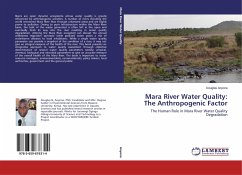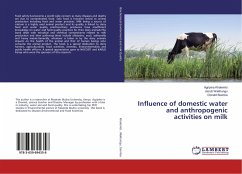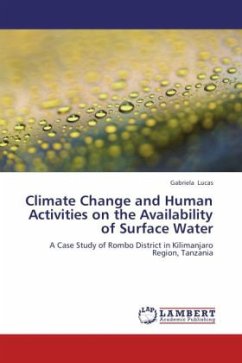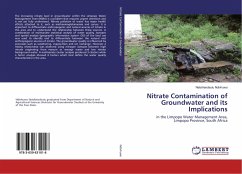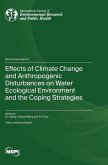River ecosystems are essential and integral part of the biosphere. Urbanization in India is taking place at a faster rate than rest of the world. The mounting population, increased economic activity, and industrialization always result in increased water demand. The Cauvery River and its tributaries are the major source of water for drinking, agriculture, and industrial needs of Karnataka and Tamil Nadu states. It flows through a densely populated area, from Western Ghats to Bay of Bengal. Rivers Noyyal, Bhavani and Amaravathi are the major contributories to Cauvery in the Tamil Nadu state. Delta regions of the Cauvery River basin are one of the significant areas of rice production in India. In spite of large-scale utilization of the river basin for irrigation and drinking purposes, the lack of appropriate water management has seemingly deteriorated the water quality due to increasing anthropogenic activities. In this context, this book focuses on environmental monitoring of River Cauvery in delta region of Southern India with emphasis on surface water chemistry.
Bitte wählen Sie Ihr Anliegen aus.
Rechnungen
Retourenschein anfordern
Bestellstatus
Storno


